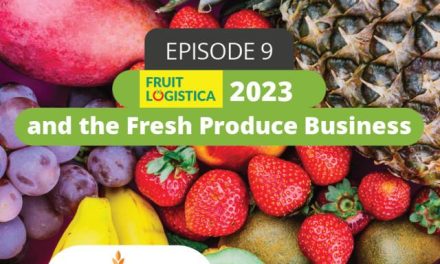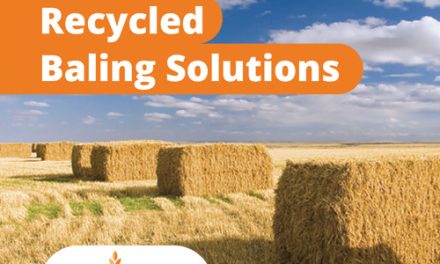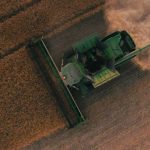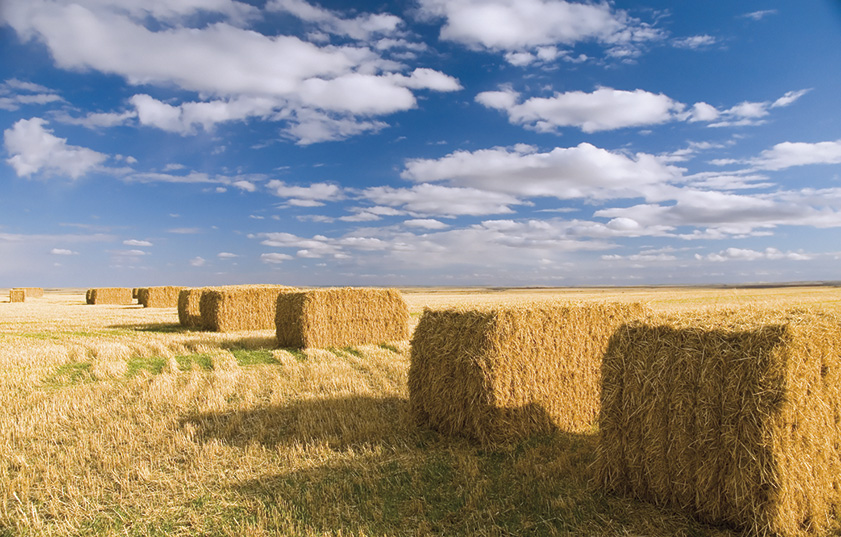
Corn silage: what to consider

This time we will talk about everything related to corn silage, an agricultural technique used for several decades and that over the years has gone through a series of transformations for the benefit of the products cultivated worldwide.
First of all, let’s define what corn silage is. In simple terms, it’s the storage and conservation of forage, through a wet process/route, resulting from the harvest of specific crops, in this case, corn. The process involves the lactic fermentation of the corn forage, which, once it degrades, produces lactic acid, and helps lower the pH level of the forage.
In this article you’ll find:
- Pros and cons of corn silage
- How does the corn silage process work?
- Considerations for optimal preservation
- What type of corn can be ensiled?
- When should corn for silage be harvested?
Pros and cons of corn silage
The corn silage process allows retaining the nutritional qualities and characteristics of the original forage in a more optimal way than if it were carried out through the traditional tedding process; however, farmers should be aware that it’s a process that involves a higher level of capital investment and the hiring of trained staff to carry out these tasks to obtain quality products in the short and long term.
Now, corn silage is a forage that is being used more by farmers around the world to feed the ruminant animals they have on their farms because it has many nutrients, plenty of energy, and, thanks to its digestive properties, it’s friendlier to the organism of these animals. Also, it adapts well to mechanization processes that go from cultivation maneuvers to the precise moment of cattle feeding.
For corn silage to be considered at an optimum level, it must have a pleasant, light odor, somewhat resembling vinegar. Its color should be between light brown and dark green, because if it’s dark brown with a fruity aroma like yeast or instead rancid or burnt, it means that the silage has been heated excessively producing high levels of butyric acid, indicating that the fermentation has been inadequate. Hence the need to have specialized staff that’s knowledgeable in the whole process of corn silage to try to ensure good quality silage.
How does the corn silage process work?
According to information published on the website Extension University of Missouri, the forage, once chopped, is compressed as it is ensiled. At this point, the plant cells of the corn plant are alive and undergo a respiration process that, with the help of microorganisms, contributes to the formation of carbon dioxide and heat from the air trapped in the silo. Once the carbon dioxide levels increase, an anaerobic condition is formed inside the silo, while the necessary bacteria start the fermentation process when the plant’s respiration has stopped.
Considerations for optimal preservation
For the corn silage process to be ideal, agricultural producers must be aware of the amount of air contained in the silo, because if there’s too much or there’s an opening where carbon dioxide escapes, the plant’s respiration process won’t stop and the plant cells will end up using more sugar and carbohydrates than necessary, causing damage to the forage, since the nutrients needed by the bacteria to preserve the silage product will be wasted.
In this sense, we invite you to read several posts related to this topic: how to prevent white mold in silage bales, advantages of silo bags vs. traditional silage, and above all, to avoid the escape of carbon dioxide and prevent the entry of oxygen that damages the silage and affects its nutritional value, the importance of the use of barrier films.
Regarding this topic, we also invite you to watch our webinar about barrier films.
The key is to quickly wrap and cover the silo that has just been filled to ensure that the moisture content of the forage is low enough to prevent leakage loss.
It can happen that even having very dry silage, if it isn’t wrapped properly, a considerable loss due to fermentation and mold can take place.
In suitable corn silage, fermentation should continue until the necessary acid is produced to stop bacterial action. The desired degree of acidity, a pH of approximately 4.2, should occur within 3 weeks after silage loading.
Nowadays, it is common for farmers to choose silo bags over steel silos because of all the advantages they have, such as lower investment costs, more storage capacity, faster harvesting, and longer shelf life, among other qualities. To learn more about this topic, we invite you to read our article on the advantages of choosing silo bags over steel silos.
If you need more information related to this topic, the silo bags available to storage corn silage, capacity, prices and more, please don’t hesitate to contact our experts.
What type of corn can be ensiled?
There is a great variety, however, one of the most sought after is the hybrid because it produces a large number of grains and because it’s a variety that matures a little later, has a slightly higher protein content, loses moisture a little later, and, therefore, the work of filling the silos can be done over a more extended period, so these aspects are ideal for the silage process.
Within those varieties, growers should choose the one that best suits their requirements, as most hybrids are tall-growing and long-season, so they may not produce as many nutrients as a high-yielding hybrid would.
When should corn for silage be harvested?
Choosing a cutting date is essential to ensure the nutritional value of corn grown for silage, for this, it’s necessary to have an objective and reliable method to determine the optimal harvest time.
When it comes to corn that will feed dairy cattle, for example, it’s key to consider the position of the milk line (ML) in the grain as a reliable guide to the plant’s stage of maturity, which can be used as a management criterion to indicate the proximity of the optimum harvest time under normal growing conditions.
“For Bal et al., (1997), the ideal harvest stage for corn silage intended for feeding dairy cows is between the 1/4 ML and 2/3 ML stages, an interval in which, according to these authors, corn silage provides higher digestible dry matter intake and higher milk production than any other stage of maturity,” according to information obtained on the website Campo Galego.





![[eBook] Sustainability and water management](https://agriplasticscommunity.com/wp-content/uploads/8_550x310_ENG-440x264.png)
![[eBook Trends in Agriculture Plastics] Increasing use of biodegradable mulch](https://agriplasticscommunity.com/wp-content/uploads/550 × 310_2_ENG-440x264.png)
![[eBook Trends in Agriculture Plastics] Reducing the plastic used in the manufacture of agricultural films](https://agriplasticscommunity.com/wp-content/uploads/550 × 310_1_ENG-150x150.png)
















![[eBook Trends in Agriculture Plastics] Cultivation of fruit trees under cover](https://agriplasticscommunity.com/wp-content/uploads/4_550x310_ENG-440x264.png)



